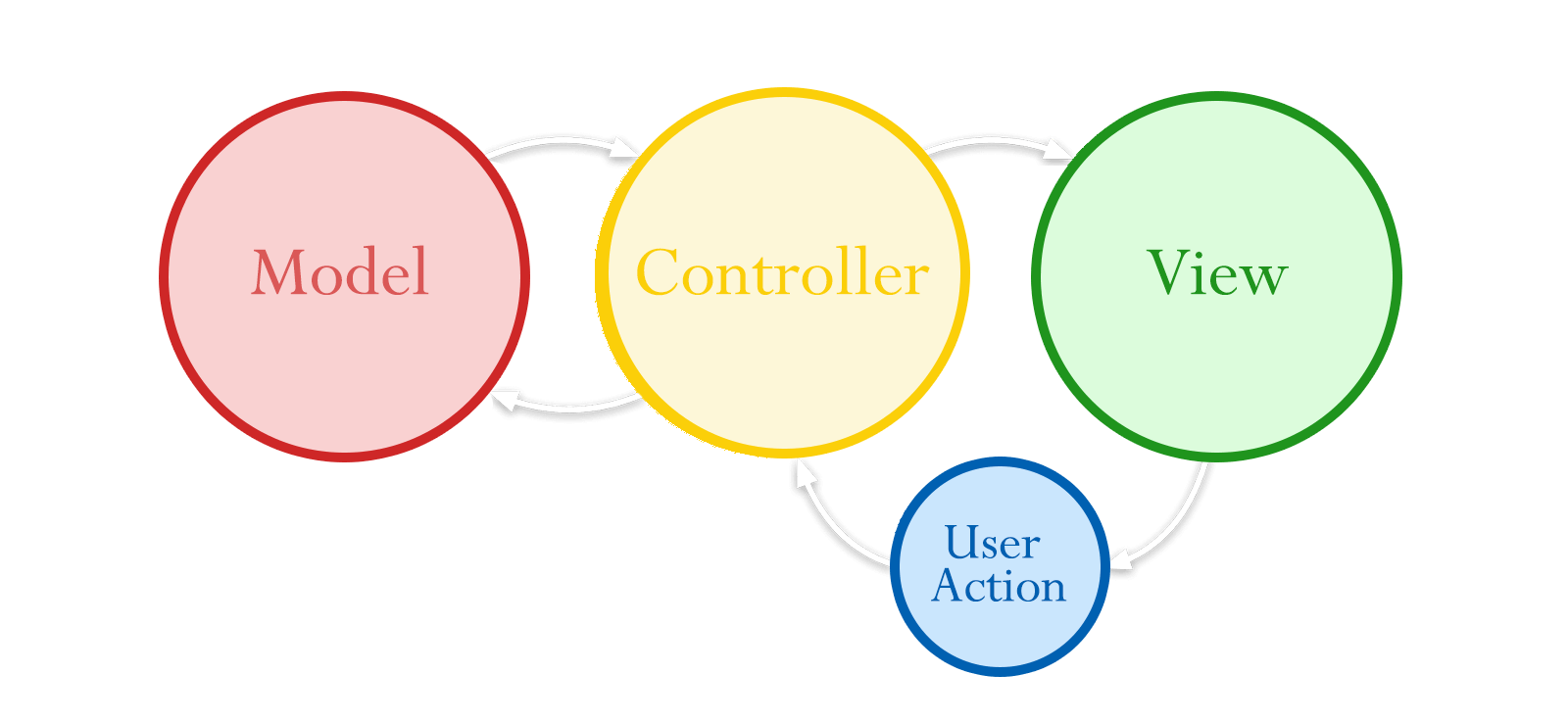Hire MVC Developer from Gatistavam to leverage the power of the Model-View-Controller (MVC) design pattern. MVC assigns application objects to one of three roles: model, view, or controller. This design structure clearly defines object responsibilities and communication flow. Each role is separated by abstract boundaries, improving scalability, maintainability, and performance—ideal for modern web development.
Hire MVC Developer
Clean Code Architecture
Clean Code Architecture creates organized, maintainable, applications for faster, error-free development.
Reusable Components
Reusable components save time and ensure consistency by enabling code and UI reuse across the application.
Custom UI/UX Integration
Custom UI/UX integration creates intuitive designs that boost user engagement and satisfaction.
Future-proof Application
Future-proof applications are built with scalable, flexible technology that adapts effortlessly to meet changing business demands.
Cost Per Developer
Time 8 Hours Day
Holidays
Hire MVC Developer to implement robust, scalable applications built on the proven MVC architecture. MVC is central to good application design, offering numerous benefits such as improved reusability, well-defined interfaces, and easier extensibility. Many modern web technologies are based on MVC and require your custom objects to align with model, view, or controller roles.
Model Objects Explained – Why You Should Hire MVC Developer
Hire MVC Developer to build structured, maintainable applications where each component—Model, View, and Controller—performs its role effectively. Model objects encapsulate application-specific data and define the logic to process that data. For instance, a model object might represent a game character or a contact in an address book. These objects often form complex relationships, making up the persistent state of an application, whether stored in files or databases.
Because model objects carry domain-specific knowledge, they can be reused across similar problem domains. Ideally, these model objects remain independent of the view layer, focusing purely on data and logic—leaving user interface concerns to the view.
Hire MVC Developer to ensure seamless communication across the MVC layers. In this architecture, user actions in the view layer are transmitted via controller objects, leading to updates in the model layer. Similarly, changes in model data—such as those from network updates—trigger controller-driven view updates for real-time responsiveness.
View Objects and UI Logic – Hire MVC Developer for Clean Architecture
A view object is an object in an application that users can see. A view object knows how to draw itself and can respond to user actions. Major purpose of view objects is to display data from the application’s model objects and to enable the editing of that data. Despite this and view objects are typically decoupled from model objects in an MVC application.
Because you typically reuse and reconfigure them, view objects provide consistency between applications. Both the UIKit & AppKit frameworks provide collections of view classes and Interface Builder offers dozens of view objects in its Library.
Communication : View objects learn about the changes in model data through the application’s controller objects and communicate user-initiated changes—for example, text entered in a text field—through controller objects to an application’s model objects.

Controller Objects
A controller object acts as an intermediary between one or more of an application’s view objects and one or more of its model objects. Controller objects are the conduit through which view objects learn about changes in model objects and vice versa. Controller objects can be also perform setup & coordinating tasks for an application and manage the life cycles of other objects.
Communication : A controller object interprets user actions made in view objects and communicates new or changed data to the model layer. When model objects can change, a controller object communicates that new model data to the view objects so that they can display it.






